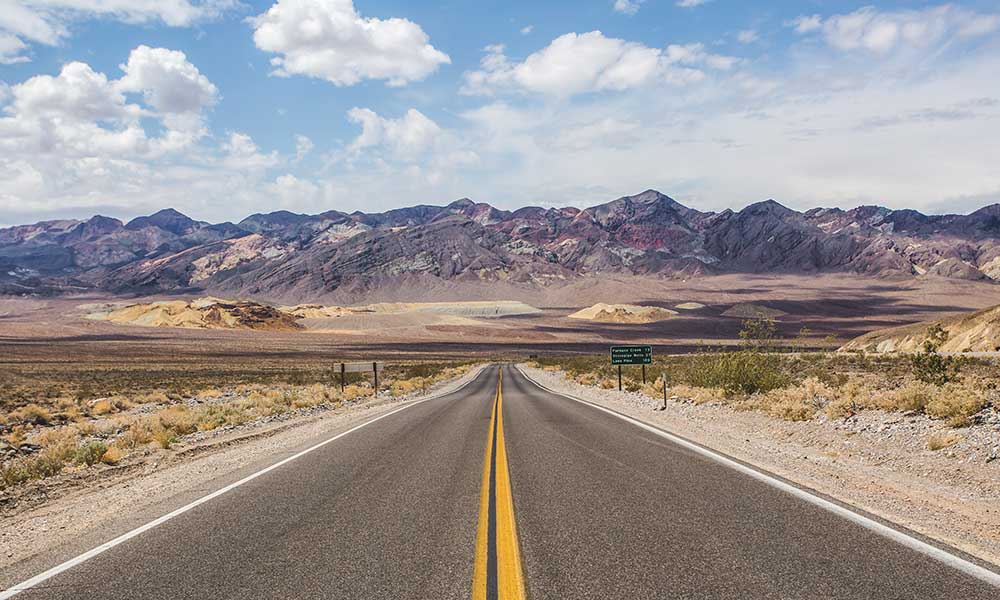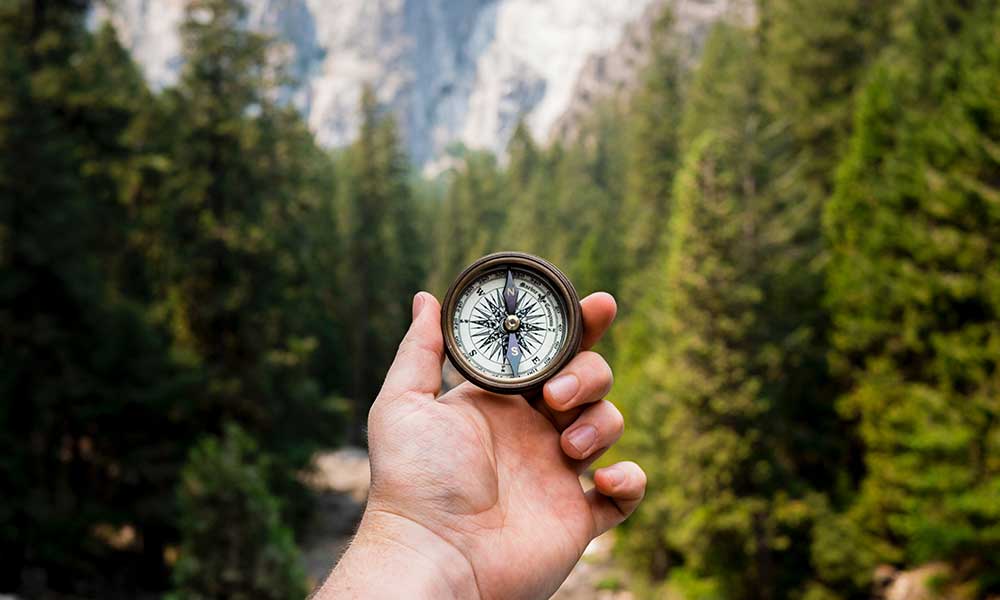One of the ways to get the most use out of your snowshoes is by regularly cleaning them out. While it’s true that snowshoes were made primarily for plowing through the snow, excess moisture will ruin them or any boots for that matter. Snowshoes should be cleaned out after each use, periodically, and most importantly, washed after each season before storage for the off-season.
There are several methods of cleaning snowshoes and boots. Depending on the kind of boots, you can either clean using warm water and detergent, white vinegar, or varnish. Deciding which cleaning method to use depends on the kind of snowshoes you have.
Types of Snowshoes
There are general guidelines on how to go about cleaning snowshoes, and the kind of shoes usually determine the preferred method of cleaning them. Hybrid snowshoes have parts that require oil regularly. For a snowshoe with rubber soles, wiping the outside with a damp cloth is enough.
To clean the outside of your snow boots, which aren’t made with a synthetic sole, start by filling a bowl with warm water.
- Next, get a sponge and dampen it. Use it to wipe the dirt away from the surface and sole.
- Air dry the boots until perfectly dry. Don’t try to dry them quickly by placing them near a heat source; it’ll ruin them.
To clean the inside of your boots, add a mild detergent to a tub of water (warm). Take out the inner liners, clean separately and pat dry with a dry towel.
- Soak your boots for about an hour and then use a brush to gently wash away the dirt.
- Next, rise out in a tub of fresh water as many times as necessary.
- Put the liners back in and take them out to dry. Once dry, store them properly for next season.
Traditional Snowshoes
These are more traditional shoes. They come in various styles, usually identified by the shape of the wood frame and the frame points. Traditional Snowshoes are made of wood frames. The style you choose depends on your environment and your needs.
There are two types of wooden snowshoes in today’s world: the Eastern and the Western styles. The Eastern variation can be identified by its oval frame and wood cross bracing. The Western-style has a rounded triangle shape and doesn’t have cross bracing.
Pros and Cons of Traditional Snowshoes
Certain benefits come with choosing to go with these shoes. They include:
- They have better flotation. Thus, they don’t in loose snow
- They remain flexible even when cold.
- They’re quiet and do not accumulate snow.
Cons include:
- They are very expensive.
- They’re heavier than modern snowshoes.
- They require frequent and careful maintenance.
How to Clean and Care for Traditional Snowshoe
Traditional snowshoes require more maintenance because of their wood frame. here’s how to care for them in season.
- After each use, check for damages. If there is a little crack, you can reinforce your snowshoes by wrapping cloth tape around the crack.
- Wet Leather is a no-no. Regular varnishing prevents the leather from being wet. Check the varnish for peeling or wear. If the rawhide webbing varnish has peeled, dry out your snowshoes at moderate temperatures and apply a fresh coat of varnish. It’s recommended to apply two coats.
Good maintenance and snowshoe care will ensure that your snowshoes last long. At the end of each snowshoeing season, do this before storing.
- Use medium grit sandpaper to carefully remove dirt and old varnish from the frame and the rawhide bindings. Dust off the particles when you’re done.
- Get a can of good spar varnish and apply it generously to the frame and webbing, especially the heel area. Marine varnish is the recommended option for this.
- Allow to air dry for 48 hours at least.
- Apply a second coat of varnish and you’re done.
How to Store
Snowshoe storage is just as crucial as cleaning when it comes to traditional snowshoes. The choice location for storage is a well-ventilated area that is cool and dry. This type of snowshoes does not do well in heat or damp places; please don’t place them in a plastic bag.
The rawhide webbings will always attract rodents that will chew the leather, so your traditional snowshoes need to be stored somewhere high and inaccessible to rodents. Whatever you do, make sure you do not store them on the ground, find somewhere to hang them.
Modern Snowshoes
Modern snowshoes refer to aluminum snowshoes. They get their name from the aluminum material that they’re made from. Made with a rectangular aluminum tube frame, synthetic decking, cleats, and heel lifts, they’re ideal for steep terrain.
Pros and Cons of Modern Snowshoes
Most people prefer modern snowshoes for several reasons, including:
- A modern snowshoe doesn’t require much maintenance.
- Compared to traditional snowshoes, modern snowshoes are lightweight.
- They are inexpensive.
Cons include:
- They are not very flexible on uneven terrain.
- In the cold, the synthetic decking becomes brittle and can break.
How to Clean and Care for your Modern Snowshoe
Although modern snowshoes do not require much in the way of maintenance, neglecting them will cut their lifespan short considerably. Even snowshoes made from aluminum benefit from a wash. Here are a few simple steps to clean them:
- After each use, check the racket and pivot system for debris and dirt and clean out.
- To prevent rust, wipe the metal parts carefully after each use.
- Store in a dry place away from the sun.
Before you hang them up for the season,
- Get a tub of cold water and add detergent for washing your snowshoes to remove salt and debris.
- After the wash, give it a final wipe with a dry rag to dry excess water before hanging to dry.
If you discover a defective pair of snowshoes, attempt repairs for minor faults. For instance, duct tape can be used to hold torn synthetic decking. It’s fine to get a new pair, especially if it defies repair.
How to Store
After washing and drying at the end of winter, store your snowshoe upright in a dark and dry place, away from the summer sun. Ensure they’re properly dry before putting them away, as even the smallest moisture could mean damage. You can also use a dehumidifier to prevent moisture-related damage.
Conclusions
Snowshoeing in winter is fun, especially when the snowshoes that keep your feet warm are in good condition. At the end of each winter season, check your shoes for anything broken and fix them. Oil them when necessary to give the shoes a longer life. Good maintenance ensures that you’re ready to go once the first snow falls next season.







